-
Astronomers Found a Perfect Space Bubble Dozens of Light-Years Across and No One Knows How It Got There
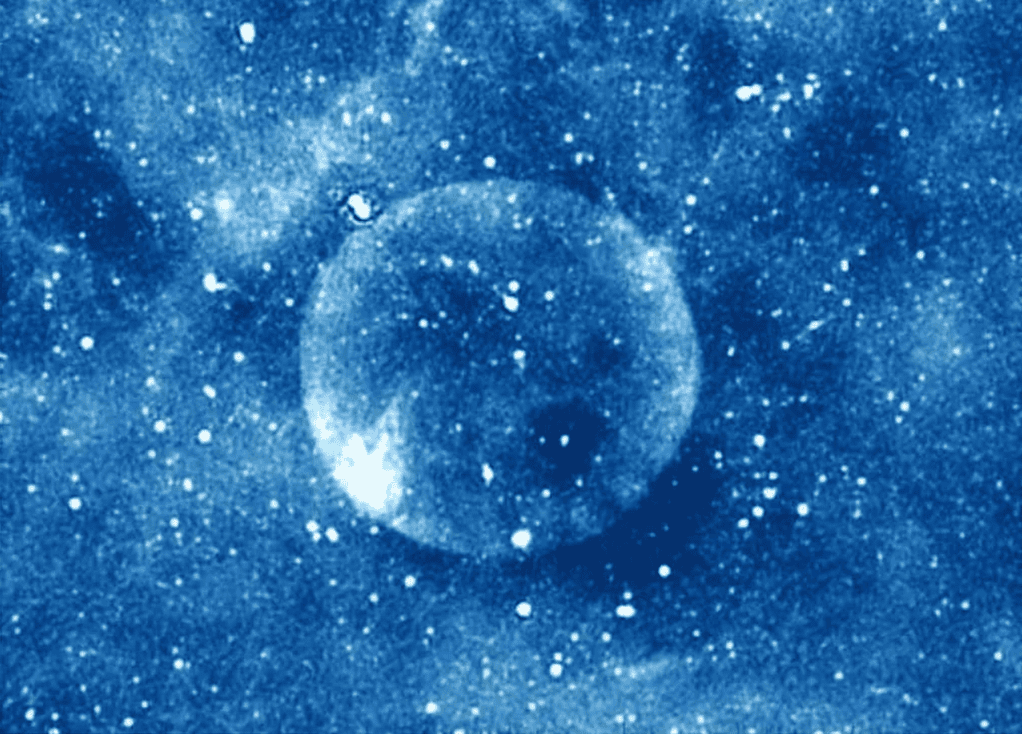
The perfectly spherical object is thought to be a supernova remnant. Credit: Filipović et al., arXiv, 2025. It hangs in the sky like a cosmic bubble, eerily round, barely glowing in the radio spectrum. Among the wreckage of the Milky Way — where the violent deaths of stars usually leave chaos and crumpled shells —…
-
Our galaxy’s swirling gases and magnetic lines create cosmic artwork in new simulation
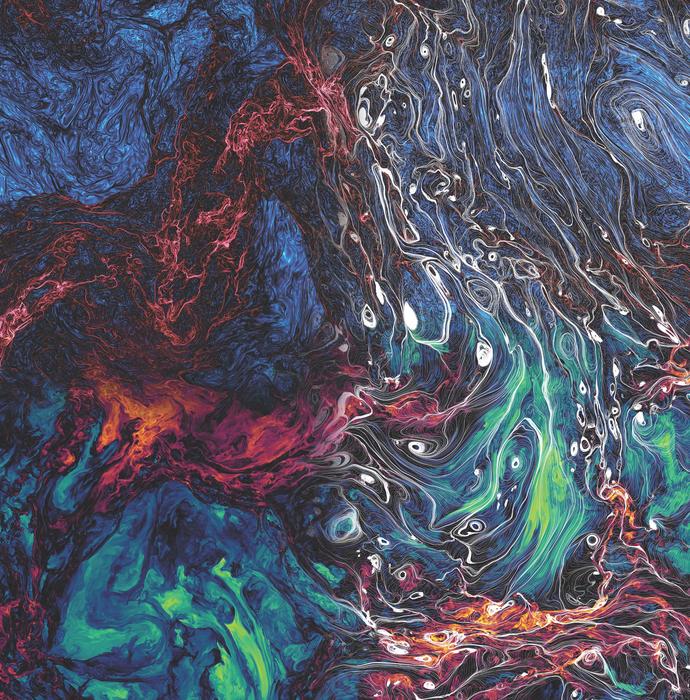
In between all the stars in our galaxy, there is a vast, diffuse mix of gas and dust known as the interstellar medium — and scientists have developed a new computer model to explore the magnetism and turbulence of this medium, in turn generating stunning images that resemble abstract works of art. The images map…
-
Our galaxy’s swirling gases and magnetic lines create cosmic artwork in new simulation
In between all the stars in our galaxy, there is a vast, diffuse mix of gas and dust known as the interstellar medium — and scientists have developed a new computer model to explore the magnetism and turbulence of this medium, in turn generating stunning images that resemble abstract works of art. The images map…
-
OSAS promotes astronomy and science outreach in Tanzania

Muscat – Oman Space and Astronomical Society (OSAS) has successfully completed a visit to Tanzania aimed at promoting astronomy, moonsighting standardisation and citizen science outreach. Led by OSAS board member Abdulwahab Sulaiman al Busaidi and UK-based expert in Islamic moonsighting Ibrahim Jaafar, the visit included lectures, meetings with religious scholars, and strategic partnerships with government…
-
OSAS promotes astronomy and science outreach in Tanzania

Muscat – Oman Space and Astronomical Society (OSAS) has successfully completed a visit to Tanzania aimed at promoting astronomy, moonsighting standardisation and citizen science outreach. Led by OSAS board member Abdulwahab Sulaiman al Busaidi and UK-based expert in Islamic moonsighting Ibrahim Jaafar, the visit included lectures, meetings with religious scholars, and strategic partnerships with government…
-
Dark streaks on Mars may not come from water after all, scientists say
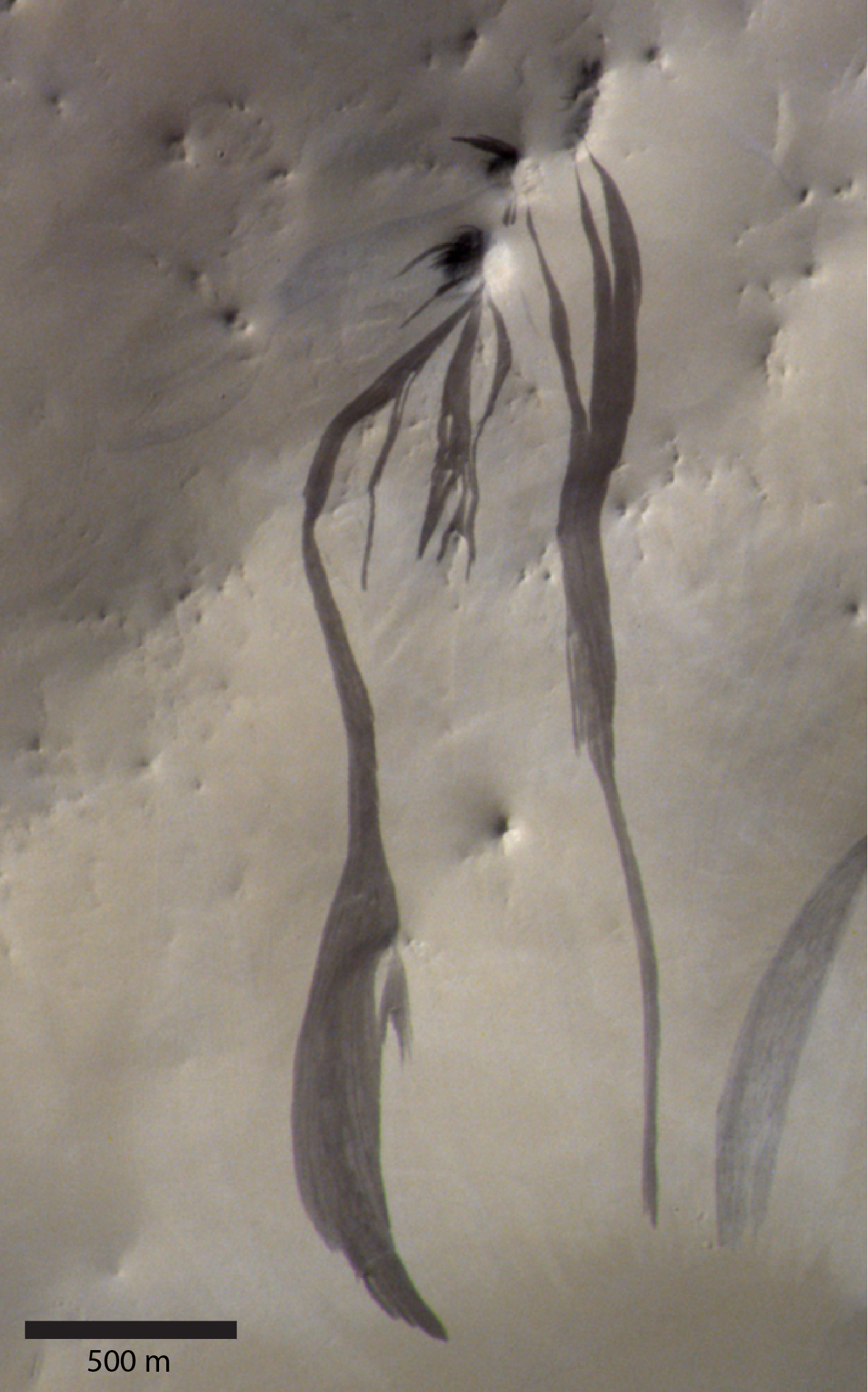
First identified in the 1970s by NASA’s Viking mission, long, dark markings snake down Martian slopes, sometimes stretching across Mars’ surface for hundreds of feet. Scientists have watched some of these markings exist for decades, while others, known as “recurring slope lineae,” appear to fade in a single season. Nonetheless, they all starkly stand out…
-
14,000 years ago, the most powerful solar storm ever recorded hit Earth. ‘This event establishes a new worst-case scenario’
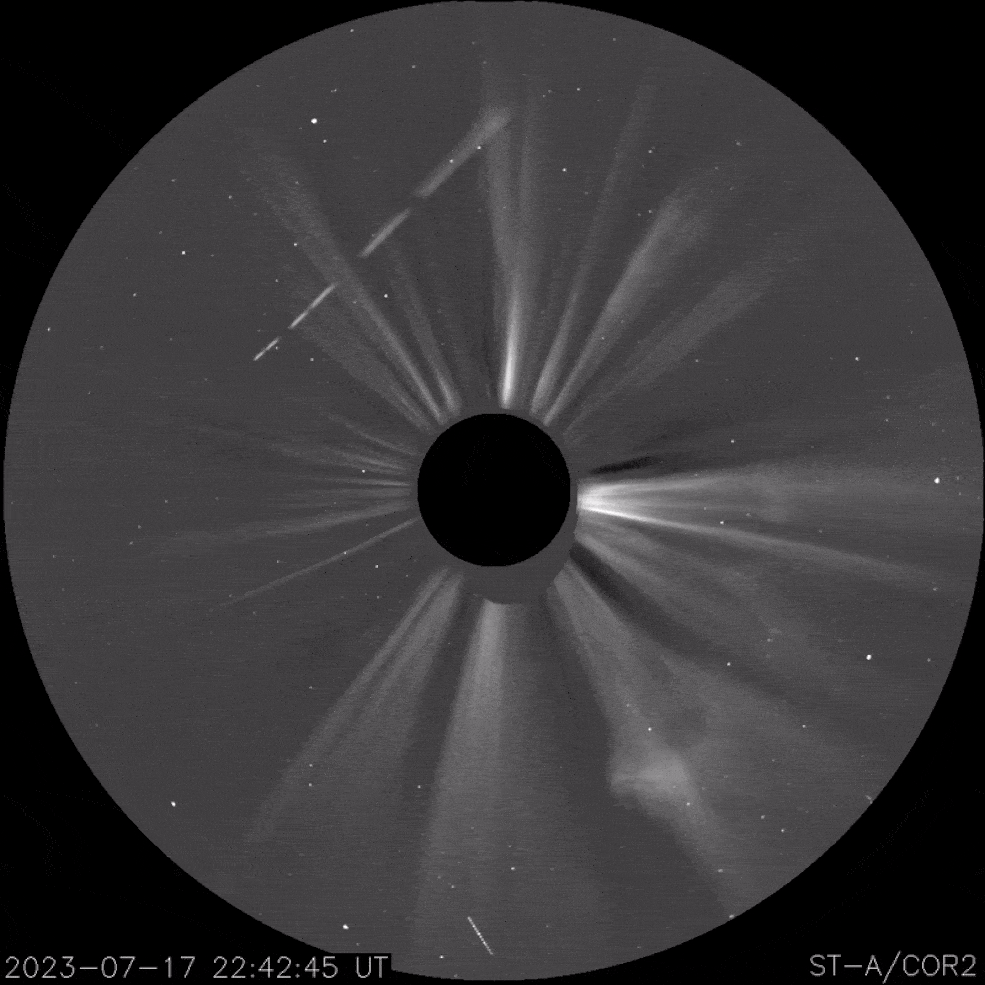
An extreme solar storm hit Earth some 14,300 years ago, more powerful than any other such event known in human history, a new analysis of radiocarbon data has revealed. The solar storm, the only known to have taken place in the last Ice Age, long eluded scientists as they lacked appropriate models for interpreting radiocarbon…
-
Eureka! We thought we knew how the Universe works, but these radical ideas changed everything | BBC Sky at Night Magazine
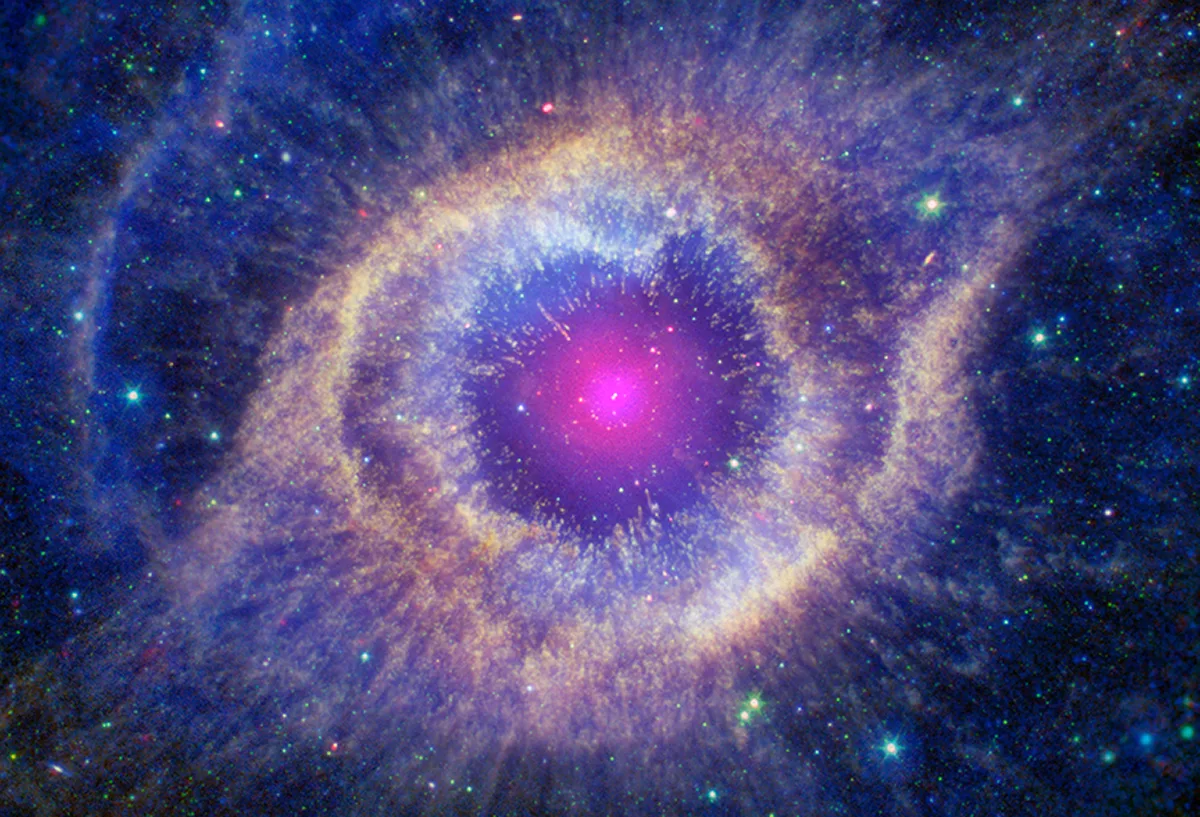
What have been the biggest discoveries in the history of astronomy and space science? Galileo’s telescope, Newton’s apple, Einstein’s equation? History is filled with critical moments when scientific endeavour took a huge leap forward, and space and astronomy are no exceptions. Ersilia Vaudo is a space scientist at the European Space Agency whose book, The…
-
Mysteriously Perfect Sphere Spotted in Space by Astronomers

Our Milky Way galaxy is home to some extremely weird things, but a new discovery has astronomers truly baffled. In data collected by a powerful radio telescope, astronomers have found what appears to be a perfectly spherical bubble. We know more or less what it is – it’s the ball of expanding material ejected by…
-
Space photo of the week: Cotton candy clouds shine in one of Hubble’s most beautiful images ever
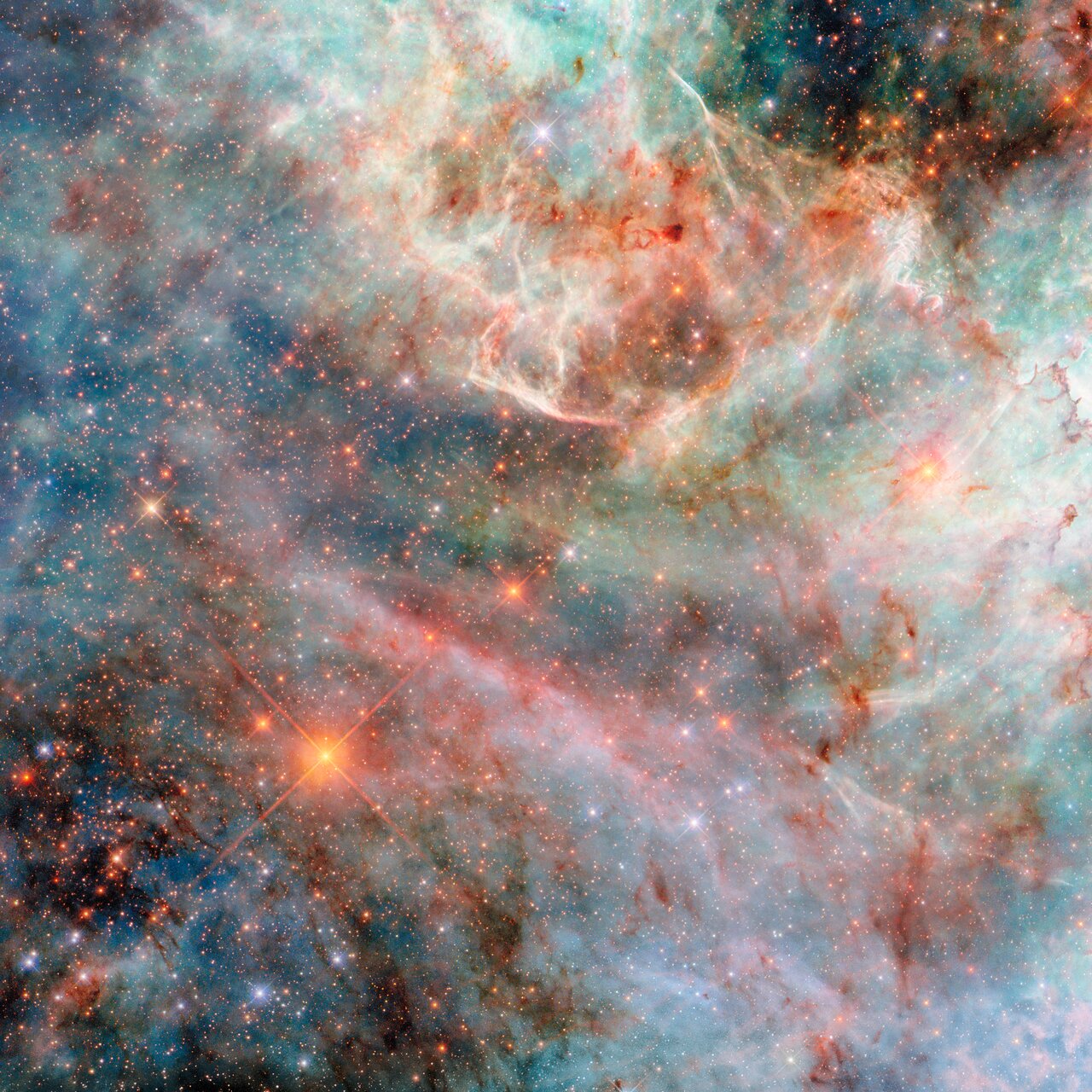
The “cotton-candy” clouds of gas and dust in the Large Magellanic Cloud, as seen by the Hubble Space Telescope. (Image credit: ESA/Hubble & NASA, C. Murray) Why it’s so special: If you need an excuse to visit the Southern Hemisphere, the Hubble Space Telescope has just provided one. This spectacular new image, taken with Hubble’s…